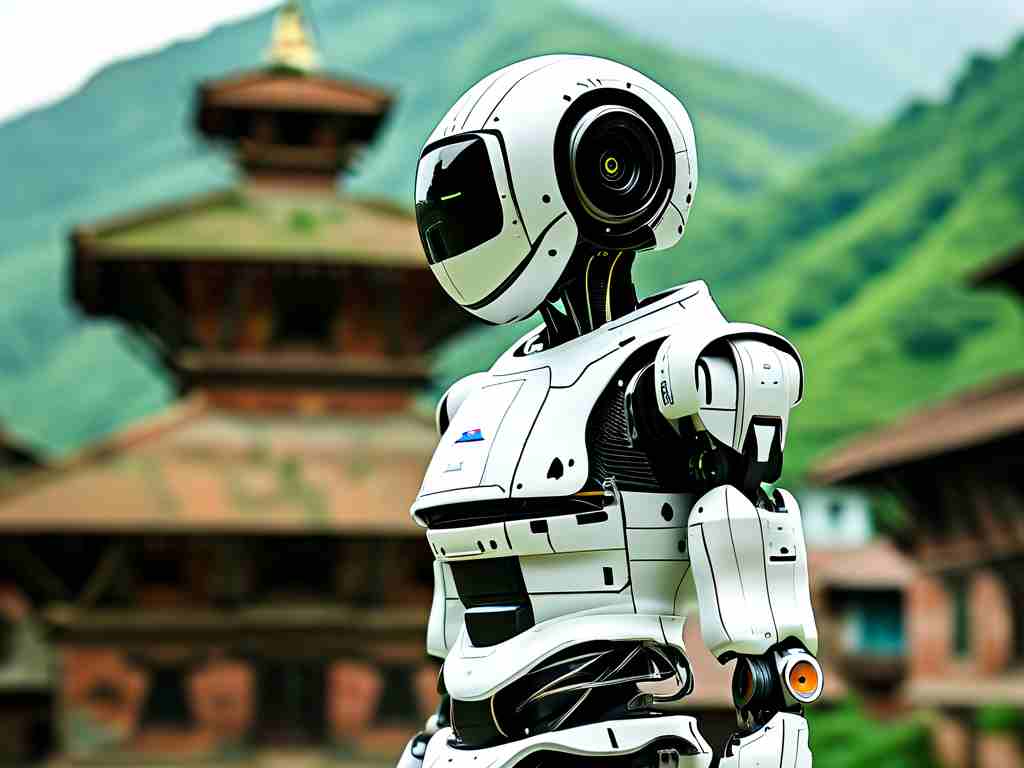Nestled between the towering peaks of the Himalayas and lush subtropical plains, Nepal has long been celebrated for its cultural heritage and natural beauty. Yet, beneath its traditional facade, a quiet technological revolution is unfolding—one centered on robotics. Over the past decade, Nepal has begun carving out a niche in robotics innovation, blending local ingenuity with global advancements to address unique challenges.

The Rise of Robotics Education
The foundation of Nepal’s robotics journey lies in its educational institutions. Universities like Tribhuvan University and Kathmandu University have introduced specialized courses in robotics and artificial intelligence, fostering a new generation of engineers. Student-led initiatives, such as the Robotics Association of Nepal (RAN), organize annual competitions and workshops to ignite interest in STEM fields. These events often focus on practical applications, from agricultural automation to disaster response systems—a critical need in a country prone to earthquakes and floods.
Grassroots Innovation
Beyond academia, grassroots innovators are leveraging robotics to solve hyper-local problems. In rural areas, where farming remains a livelihood for over 60% of the population, startups like AgriBot Nepal are developing affordable autonomous tractors and soil-monitoring drones. These tools help farmers optimize crop yields while reducing labor costs. Similarly, in urban centers, tech collectives are prototyping waste-sorting robots to tackle Kathmandu’s growing garbage crisis. These projects often rely on open-source platforms and locally sourced materials, ensuring accessibility for low-income communities.
Collaborations and Challenges
Nepal’s robotics ecosystem thrives on partnerships. International organizations, including UNESCO and the Asian Development Bank, have funded research labs focused on sustainable technology. Meanwhile, diaspora networks connect Nepali engineers abroad with homegrown startups, facilitating knowledge transfer. However, obstacles persist. Limited funding, erratic electricity supply, and a lack of advanced manufacturing infrastructure slow progress. Many innovators resort to crowdfunding or repurposing secondhand components to keep projects alive.
Cultural Synergy
What sets Nepal’s robotics movement apart is its fusion of technology and tradition. For instance, a team in Pokhara recently designed a solar-powered “puja robot” capable of performing Hindu rituals—a controversial yet fascinating blend of faith and automation. Elsewhere, artisans in Patan are collaborating with engineers to integrate robotic tools into ancient metalworking practices, preserving craftsmanship while boosting productivity. These experiments highlight a societal willingness to adapt technology without erasing cultural identity.
The Road Ahead
Looking forward, Nepal’s robotics trajectory hinges on policy support and infrastructure development. The government’s recent National Innovation Policy pledges to allocate 1% of GDP to R&D by 2030—a promising step. Private-sector players are also entering the fray; telecom giant Ncell sponsors hackathons to scout for robotics talent. As 5G networks expand, experts predict a surge in IoT-enabled robotics applications, particularly in healthcare and education.
Yet, the true measure of success lies in inclusivity. Initiatives like Women in Robotics Nepal (WIRN) are working to close the gender gap in tech, while rural outreach programs teach coding to schoolchildren in remote villages. By democratizing access to robotics, Nepal aims to ensure its technological leap benefits all citizens, not just urban elites.
In a world often dazzled by Silicon Valley’s breakthroughs, Nepal’s robotics story offers a different narrative—one where technology serves as a bridge between heritage and progress, resilience and innovation. As the nation continues to navigate this path, it reminds us that the future of robotics isn’t just about sophistication, but about relevance and human connection.


